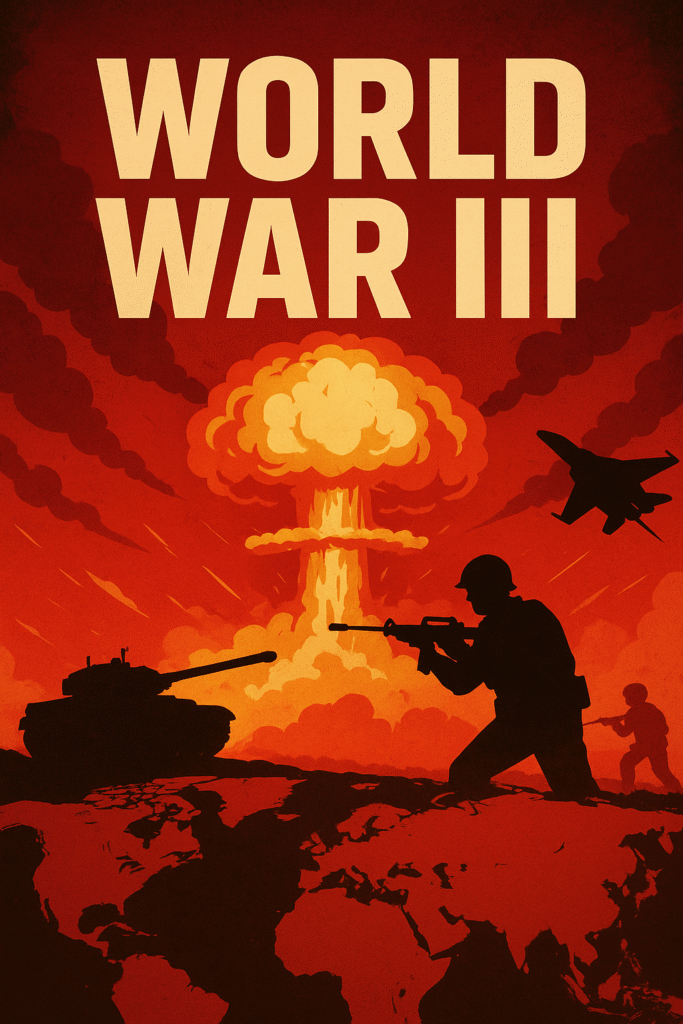As we move through 2025, the global landscape is increasingly marked by escalating conflicts and geopolitical instability. From the ongoing war in Ukraine to rising tensions in the Middle East and the Indo-Pacific, the risk of a broader, more devastating conflict seems more tangible than ever. This post delves into the key developments that suggest the world may be teetering on the edge of World War III.
1. The Russia-Ukraine Conflict: A Prolonged and Expanding War
The war in Ukraine, now entering its fourth year, shows no signs of abating. Recent reports indicate that Russia has deepened cooperation with China, receiving intelligence support that enhances its military operations. This alignment of authoritarian powers against Western interests raises global security concerns. Additionally, Russian provocations, including airspace violations and drone incursions over European airports, are designed to distract and strain Western responses both militarily and politically.
2. Iran–Israel Conflict: A Middle Eastern Flashpoint
In mid-2025, Israel launched a series of strikes on Iranian nuclear facilities, prompting direct threats of retaliation from Iran. This sudden escalation marks a significant shift in Middle Eastern geopolitics and introduces a dangerous flashpoint. What was once a regional conflict now has the potential to draw in the U.S., NATO, and other global powers, increasing the risk of wider confrontation.
3. China’s Assertiveness in the Indo-Pacific
China’s growing assertiveness, particularly regarding Taiwan, has raised alarms worldwide. The Taiwan Strait is a potential flashpoint where military confrontation could involve the United States and its allies challenging China’s territorial claims. Any escalation in this region could quickly spiral into a larger, more dangerous conflict.
4. Nuclear Arms Race and Weakening Arms Control
A dangerous new nuclear arms race is emerging as arms control agreements weaken. Many nuclear-armed states are modernizing their arsenals, increasing the risk of nuclear proliferation and potential conflict. The resurgence of an unchecked arms race makes global diplomacy even more fragile.
5. Global Public Perception and Preparedness
Surveys across Europe and the United States reveal growing public concern about the possibility of World War III. Between 40% and 55% of people in various European countries believe another world war is likely within the next decade, with similar concern in the U.S. Despite these fears, many citizens doubt their nations’ ability to effectively defend against a major global conflict.
Conclusion: A World on Edge
The convergence of these factors—prolonged conflicts, nuclear proliferation, and widespread public concern—suggests that the world is indeed on the brink of a major global conflict. While diplomacy and de-escalation efforts continue, the current trajectory indicates that the risk of World War III is higher than at any point in recent decades.
Staying informed, advocating for peaceful resolutions, and supporting initiatives aimed at conflict prevention are crucial. The coming months will be critical in determining whether the world can avert a catastrophic global war.



